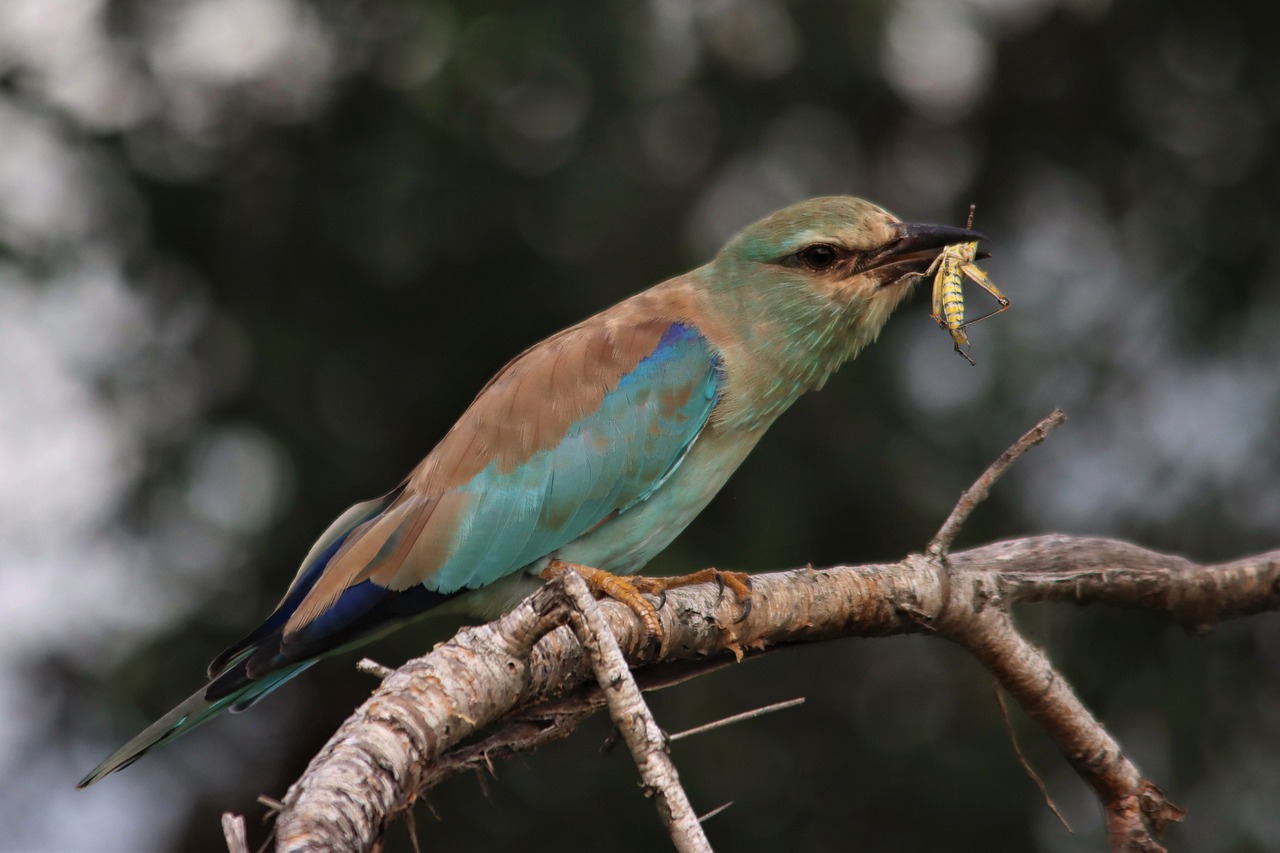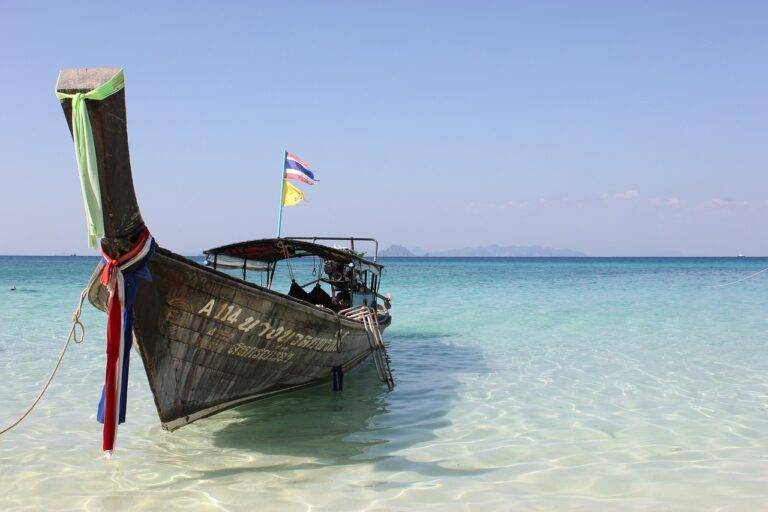The Rebirth of Slow Travel: Embracing a Mindful Approach to Exploration
Slow travel is regaining its popularity among modern-day travelers as a response to the fast-paced nature of traditional tourism. People are seeking a deeper connection to the places they visit, moving away from the hurried and superficial experiences often associated with tourist hotspots. By slowing down and immersing themselves in the local culture, travelers can gain a more authentic and meaningful understanding of a destination.
Additionally, the rise of sustainable and eco-conscious travel practices has contributed to the resurgence of slow travel. With growing concerns about the environmental impact of mass tourism, more travelers are opting for a slower pace that allows for a reduced carbon footprint and a more responsible approach to exploring the world. This shift reflects a greater awareness of the importance of preserving the natural and cultural heritage of destinations for future generations to enjoy.
The Benefits of Traveling Mindfully
When we travel mindfully, we immerse ourselves fully in the present moment, savoring every experience without rushing through them. This allows us to appreciate the beauty of our surroundings, the flavors of local cuisine, and the unique cultures we encounter along the way. By slowing down and being more conscious of our actions and surroundings, we can cultivate a greater sense of gratitude and connection to the world around us.
Moreover, traveling mindfully enables us to reduce our impact on the environment by making sustainable choices, such as opting for eco-friendly accommodations, supporting local businesses, and minimizing waste. This conscious approach to travel not only benefits the destinations we visit but also promotes responsible tourism practices that contribute to the preservation of natural landscapes and cultural heritage for future generations to enjoy.
How Slow Travel Differs from Traditional Tourism
Slow travel stands in contrast to traditional tourism due to its emphasis on immersing oneself deeply in the culture and environment of a destination. Unlike traditional tourism, where the focus is often on checking off popular landmarks and attractions from a list, slow travel encourages visitors to savor the moment and engage with the local way of life. This approach allows travelers to form genuine connections with the places they visit, fostering a deeper understanding and appreciation of the destination.
Moreover, slow travel prioritizes quality over quantity, advocating for longer stays in fewer locations rather than rushing from place to place. By taking the time to truly experience a destination, travelers can delve beneath the surface and uncover the hidden gems that may go unnoticed by those following a more traditional tourist itinerary. This deliberate pace not only allows for a more authentic and meaningful travel experience but also contributes to sustainable tourism practices by supporting local communities and minimizing the negative impacts of mass tourism.
What is slow travel?
Slow travel is a mindset of traveling at a relaxed pace, immersing oneself in the local culture, and savoring each moment of the journey.
How does slow travel differ from traditional tourism?
Slow travel focuses on quality over quantity, allowing travelers to truly connect with the destination and its people. Traditional tourism often involves rushing from one tourist attraction to another without taking the time to appreciate the surroundings.
Why is slow travel gaining popularity again?
Slow travel is gaining popularity again because people are seeking more meaningful travel experiences, away from the crowded tourist hotspots. It allows travelers to slow down, relax, and truly enjoy the journey.
What are the benefits of traveling mindfully?
Traveling mindfully allows you to reduce stress, improve mental well-being, and create lasting memories. It also promotes sustainable tourism practices and supports local communities.
How can I incorporate slow travel into my next trip?
To incorporate slow travel into your next trip, try to minimize your itinerary, stay in one place for longer periods, interact with locals, and savor the local cuisine and culture. Remember to immerse yourself in the destination and enjoy the journey.





